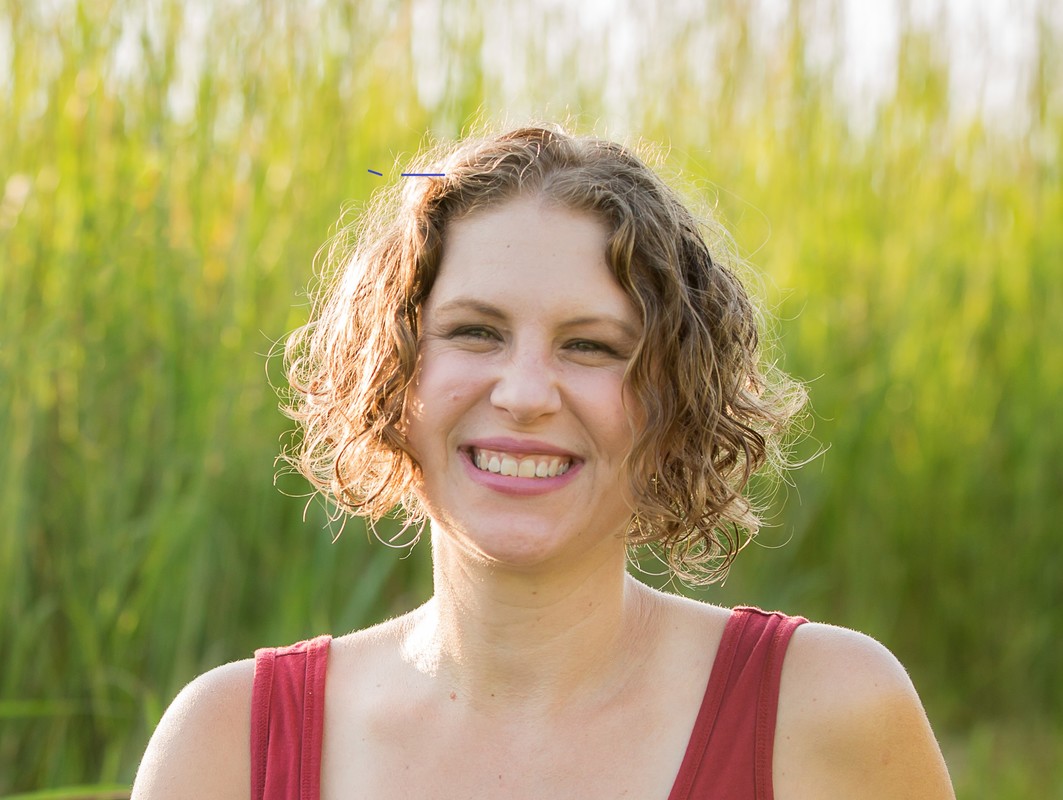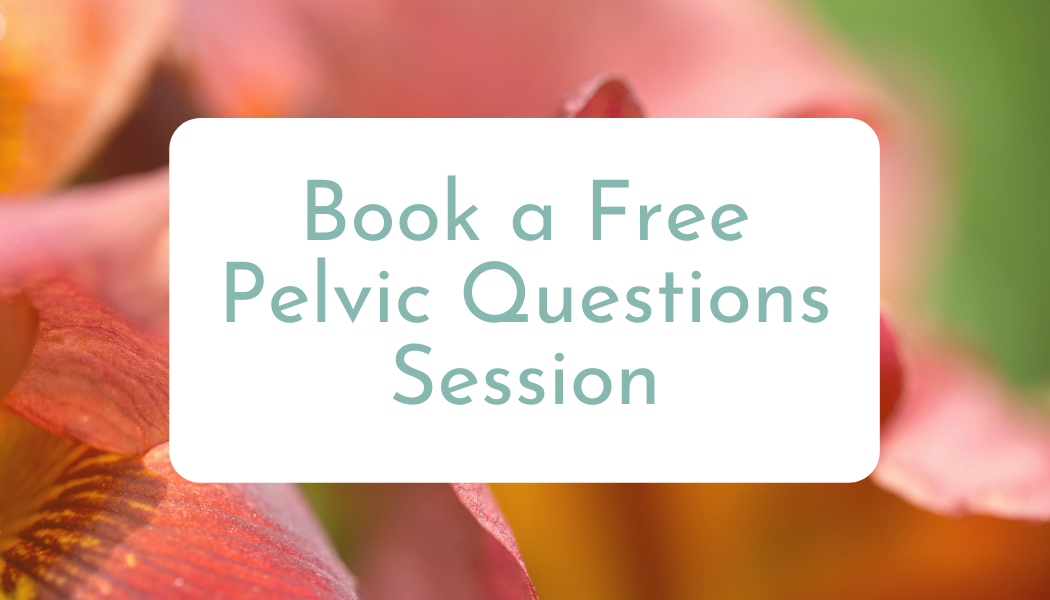Holistic Lifestyling Podcast Season 2 Episode 2 Transcript Welcome back to our ongoing series about a holistic perspective on stress. Last time we talked about the broad strokes of how we understand and manage our stress responses, and what to focus on. If you haven’t listened to that episode, hit pause and download it now so that you can catch up really quick. I think, personally, that the topic of Stress is a great way to really explore full body ways of thinking. Everything that your body does internally, or notices externally, is a source of stress- this is how things get done in the body! It’s not inherently bad to experience stress. And the way we react, how our bodies automatically respond, is all by itself holistic. Every system in the body is constantly playing a balance game- turning up and turning down, inputting and outputting, resting and reacting. So when we talk about “stress” as something to reduce or eliminate, we’re really talking about things you can do to help your internal systems find equilibrium, and things you can do to block or shield external stressors, including taking supplements that help your internal systems function 3 External PracticesToday, we’re going to look closely at the external stressors coming at you, and the things you can physically do to help yourself manage stress responses are going to sound like a familiar list:
The reason we care is because these active choices you’re making directly impact your nervous system. Later on in this series I’m going to tell you more about the “rest and digest” system. For now, just know that this is the system in your body that not only OPPOSES the fight or flight system, meaning it actively shuts down chronic stress when it turns itself on, but it’s also supposed to be the default position of our nervous system. We tend to live in fight or flight, but we’re supposed to live in rest and digest and our bodies want to get back there! #1: Deep Breathing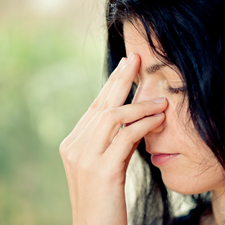 The important thing to learn right now is that we can only influence this Rest and Digest directly in two ways- through visual stimulation, and through breathing. When we close our eyes and shut off visual input it helps our Rest and Digest to activate. The act of seeing is the act of our brains being on alert to recognize potential danger. Blocking that out is a shortcut to easing the input of external stressors. Deep breathing is the other way we have to activate this system, which in turn quiets the fight or flight responses. There are piles of breathing practices and techniques you can learn about, not to mention apps, websites, and devices to prompt you and track you and help you practice- you don’t need me to rehash all that. Just pick one and start breathing! #2: Exercise and Movement Practices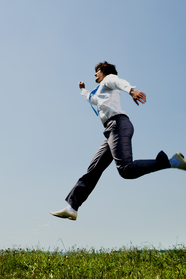 Now, the second practice is where I think things get interesting! This is Exercise and Movement. Exercise certainly stresses the body, that’s it’s job, and the idea is that on the other side of exercise we’ve “worked it all out” in some way and that makes us feel better. So for me the big question is, Where’s the line between helpful and just more stressful? Again, there’s more details coming in later installments of this Stress series, but the CliffNotes version of one of the major processes going on here looks like this: When we’re constantly exposed to micro-stressors (as in, when we live our familiar lives!), our stress response is a constant, low-level drag on ourselves. Immune function is sub-optimal, digestion is slow, sleep isn’t great, you see what I mean? But, when we have some sort of big “event” that causes big stress (think exercise or getting cut off in traffic), AND we manage to have a concrete end to that stress (like ending the exercise class and drinking some water), doesn’t it feet really good? That constant, low-level drag keeps us in limbo between actually having an acute response, and feeling fine, by dripping out our stress chemicals. It’s the same lifestyle that our ancestors might have recognized as seasonal lean times like Winter, for example. And when we experience this, we might start losing lean muscle, storing fat, sleeping more, and experiencing brain fog- all things that would help us survive a long winter. In contrast, a big event dumps those stress chemicals in large enough amounts to reach the critical trigger point that also shuts them off! And you can reach this critical point with only 45 minutes of walking at a pace that makes talking a challenge. It’s that simple and straightforward. (I’m paraphrasing here, but if you want all the good details I recommend you look into herbalist Tammi Sweet’s Anatomy courses, especially the Heart Coherence.) #3: Meditation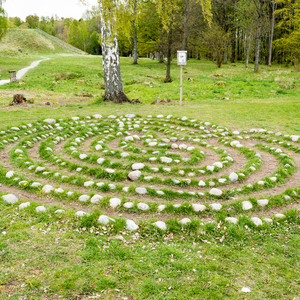 One more piece here is meditation. There’s no question that meditation is a mental practice that helps us respond to, recover from, and be more resilient to stressors. And again, there are lots and lots of ways you can go about learning any of the many types of meditation, many of which include breathing practices. Personally I’ve used Chopra Center guided meditations, the Insight Timer app, and the “morning pages” style of journaling to quietly meditate. But here’s the fun idea I want to introduce into this discussion about breathing, movement, and meditation as practices that manage stress responses. Are you familiar with moving meditations? This can look like walking, or walking in a labyrinth, or doing a meditative practice like tai chi or qigong. It can be an engrossing yoga class, and I’ve seen it happen in my reformer pilates classes. Basically any movement that is slow enough for you to focus deeply on your movement and your breathing, and keeps you focused for at least 45 minutes, is a moving meditation. And to me, this is the best of all worlds, a win-win-win! You’ve got your breathing, your movement, and your duration. But however you physically get involved with improving your stress responses, the old adage ‘practice makes perfect’ certainly applies here. The more you practice, the easier and faster it is to get into the proper headspace and actually do the practice. I call these types of practices “external” because these physical things you can do, these practices like breathing, movement and meditation, are choices you can actively make for your body. Internal Practices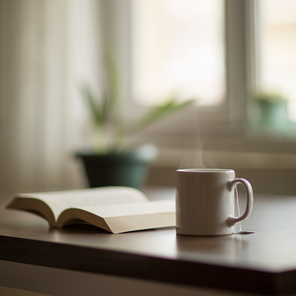 Yes, you breathe all day every day but DEEP breathing exercises are something you do deliberately. Yes, you end up moving around during your day but choosing to do 45 minutes of moderate exercise takes deliberate thought, or they won’t happen. One more thing- there are passive, external practices you can choose as well. Did you ever hear of a “Digital Detox”? This is a deliberate disconnection from all things technology, and it’s one major way to manage the stressors that are coming at you. By removing yourself from the constant deluge of information and noise on TV, social media, email, notifications, ringers, alarms, you’re actively relieving your nervous system of the need to respond to them. This can be as easy as a few minutes drinking your first cup of something hot in the morning while staring out a window and refusing to do anything tech related until you’re done, or it can be as immersive as a long weekend at a cabin in a state park with no wifi or cell service. Since your internal systems are constantly filtering out stimuli and stressors, giving them a break can only help! So we have both active and more passive external activities that we can choose to take on to help manage our stress loads and reactions. This means, logically, that there are “internal” considerations too- and this is what we’ll look at next time. You have internal systems that are already reacting to stressors- the nervous and endocrine systems causing the stress responses, the digestive and immune systems shutting down to stay out of the way, the muscular and cardiovascular systems reacting…and the ways you can influence these systems include some fantastic herbal and food based remedies. So stay tuned for next week’s episode! LISTEN to today's episode
0 Comments
Your comment will be posted after it is approved.
Leave a Reply. |
Fun Fact: I'm an herbalist and a movement coach. Not a doctor, or a pharmacist, and not pretending to be one on TV.
This is a public space, so my writing reflects my experiences and I try to stay general enough so it might relate to you. This does not constitute medical advice, and I encourage you to discuss concerns with your doctor. Remember, however, that the final say in your wellness decisions are always yours- you have the power to choose, you are the boss of you. And, some of my posts may contain affiliate links. If you make a purchase through them I'll earn a few cents. Thank you for supporting my work. This website is provided for educational and informational purposes only and is not medical, mental health or healthcare advice. The information presented here is not intended to diagnose, treat, heal, cure or prevent any illness, medical condition or mental or emotional condition. Working with us is not a guarantee of any results. Paula Billig owns all copyrights to the materials presented here unless otherwise noted. Categories
All
Archives
July 2021
|
|
info @paulaswellness.com |
DisclaimerThis website is provided for educational and informational purposes only and is not medical, mental health or healthcare advice. The information presented here is not intended to diagnose, treat, heal, cure or prevent any illness, medical condition or mental or emotional condition. Working with us is not a guarantee of any results. Paula Billig owns all copyrights to the materials presented here unless otherwise noted. |

 RSS Feed
RSS Feed
